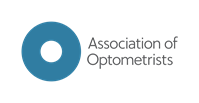Good eyesight is crucial in making sure a child develops to their full potential throughout their early years and beyond. It is important that practitioners and parents work together to not only encourage regular eyesight checks but to also be able to spot the signs of potential issues with vision in a child.

Why is vision important?
A child’s eyesight is continually developing, so making sure regular eye checks are happening and spotting problems that can be treated early can make a lifetime of difference. Statistics from the Association of Optometrists showed that 20% of school-aged children have an undiagnosed problem.
How can you spot a problem?
There are a number of signs and symptoms for you to look out for when a child is in your setting. All of which can only be confirmed and corrected by asking the parent to take their child for an eye test. Any child under the age of 16 is entitled to an NHS-funded sight test. If they then need vision correction, they would then be able to access an optical voucher to go towards the cost of having spectacles or contact lenses.
Signs to look out for include:
- An eye appearing to drift inwards or outwards
- Difficulty concentrating
- Behavioural problems
- Headaches
- Sitting too close to the television
- Frequent eye rubbing
- Reluctance to look at anything for long
The impact of screen time
Whether it’s watching the television, playing a game on a tablet or using apps on a mobile device, children today are spending more and more time looking at screens.
Blue light in your screens
Blue light is a high-energy visible light that has short wavelengths, creating a violet-blue band on the spectrum similar to that which makes up sunlight. While this blue light is naturally present in sunlight, it is also something we can see from screens such as TVs, computers, smartphones and tablets.
While there is no evidence that blue light causes damage to eyes, there is evidence that suggests when you look at screens close-up, such as when looking at a phone or playing a game on a tablet, this can increase digital eye strain. Digital eye strain will probably not cause permanent damage to your eyes but it can be uncomfortable, creating blurred vision, sore and tired eyes, dry eyes and headaches.
Blue light also impacts children’s (and adults’) sleep. Using screens close to bedtime or a daytime nap may contribute to poorer sleep, which will then lower a child’s concentration during the day.
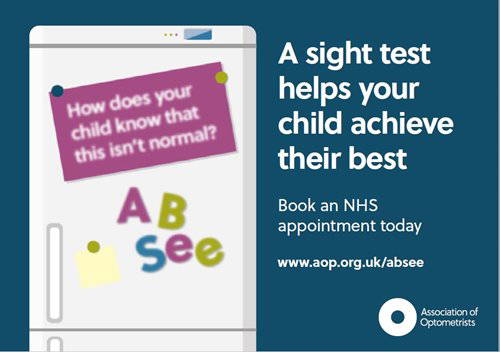
The myths vs the facts
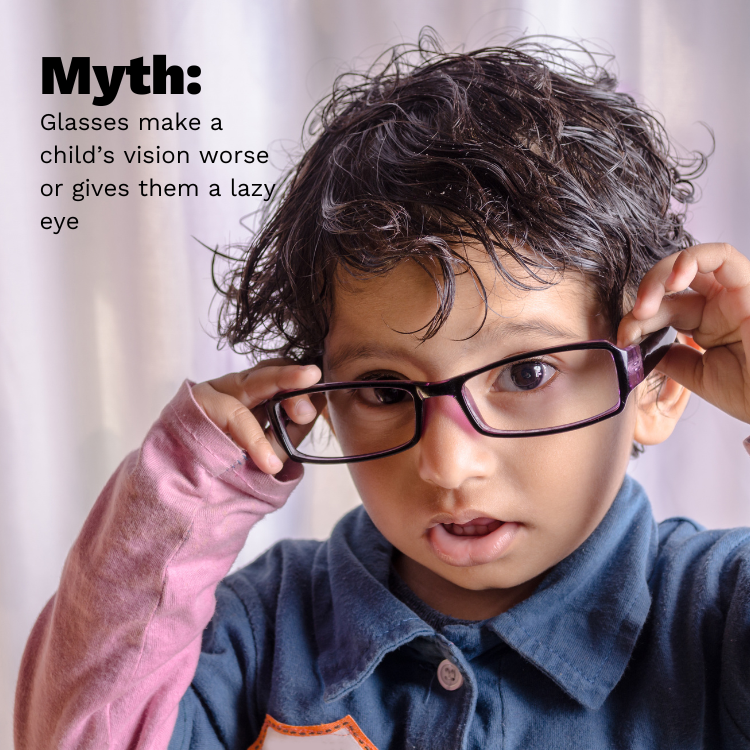
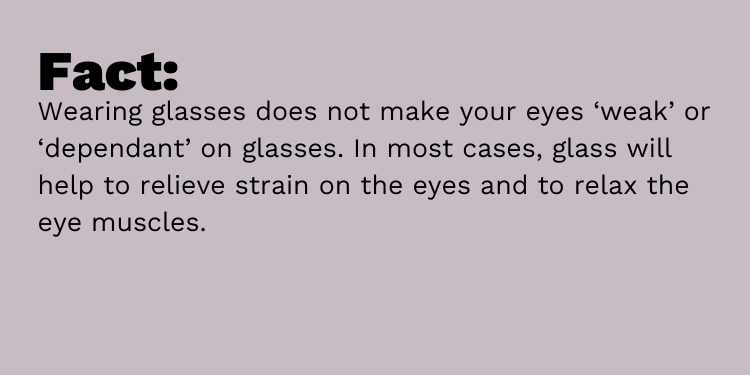
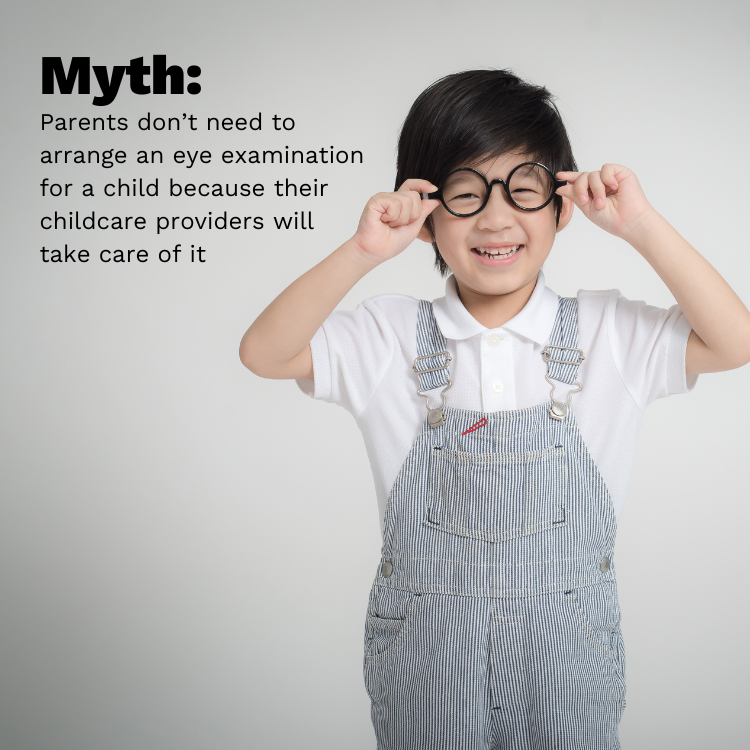
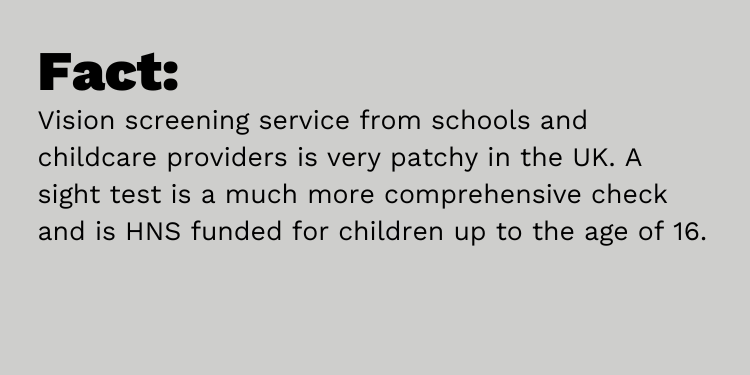
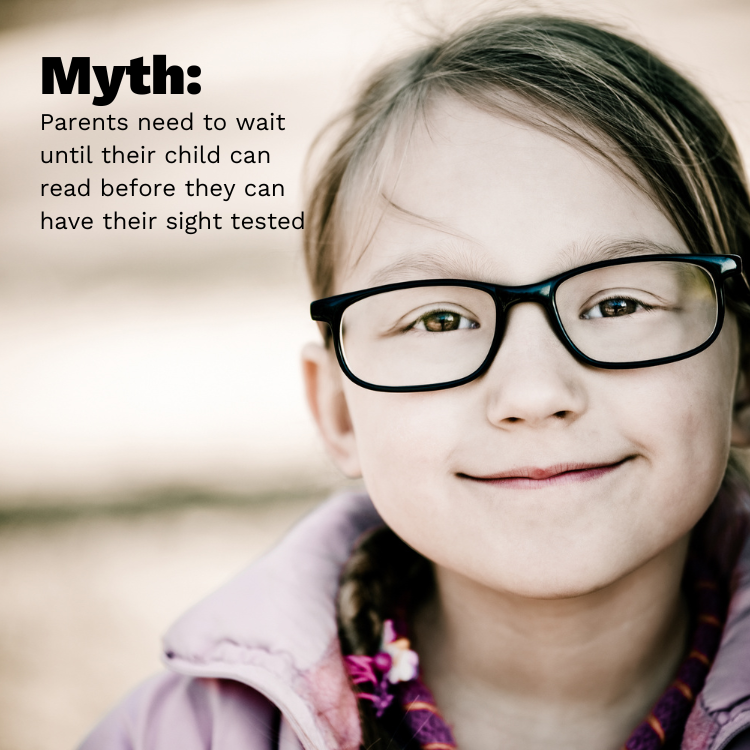
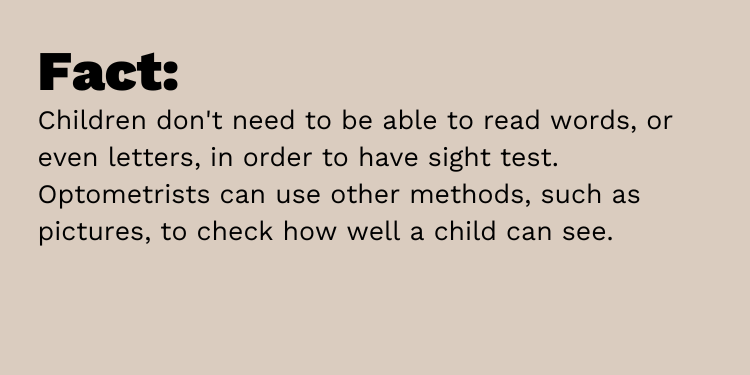
Read more about the misconceptions of children’s eye health.
So what can you do to protect a child’s eyes?
The Association of Optometrists recommends five easy steps relevant for parents and practitioners to make sure children’s eyes are looked after.
- Spend time outdoors. We know that childcare practitioners love to be outdoors as much as possible, but actually, apart from the obvious health benefits, playing outdoors regularly can reduce the chance of short-sightedness in children. Studies have shown that fewer children wear glasses in countries where outdoor time makes up a significant part of each day, while the number of spectacle wearers increases in nations with a greater focus on indoor study and recreation.
- Put digital screens away at bedtime. Using digital devices directly before going to bed at night or before a nap during the day can interfere with sleep.
- Protect eyes from the sun. UV rays can be harmful for your eyes. It is important to never look directly at the sun and to wear a good quality pair of sunglasses during bright weather. Parents and practitioners can look out for the CE quality mark and the British Standard BS EN 1836:2005.
- Eat a healthy diet. Eating five portions of fruit and vegetables each day can help to protect vision, as well as supporting overall health.
- Book an sight test. From around the age of 3 children should be having an eye test at least every two years, or as often as is recommended by the optometrist. All children under the age of 16 are entitled to NHS-funded sight tests and glasses.
Resources
- Why vision matters – Children’s eye health leaflet
- A B See Children’s eye health campaign – Association of Optometrists
- Screen time – information for parents
- Misconceptions about children’s eye health – myths vs facts
- Five ways to protect children’s eyes
- Sleep in the early years
Thank you to the Association of Optometrists for supplying the information for this spotlight. Please do get involved with their A B See campaign to help children reach their full potential through regular sight testing.
